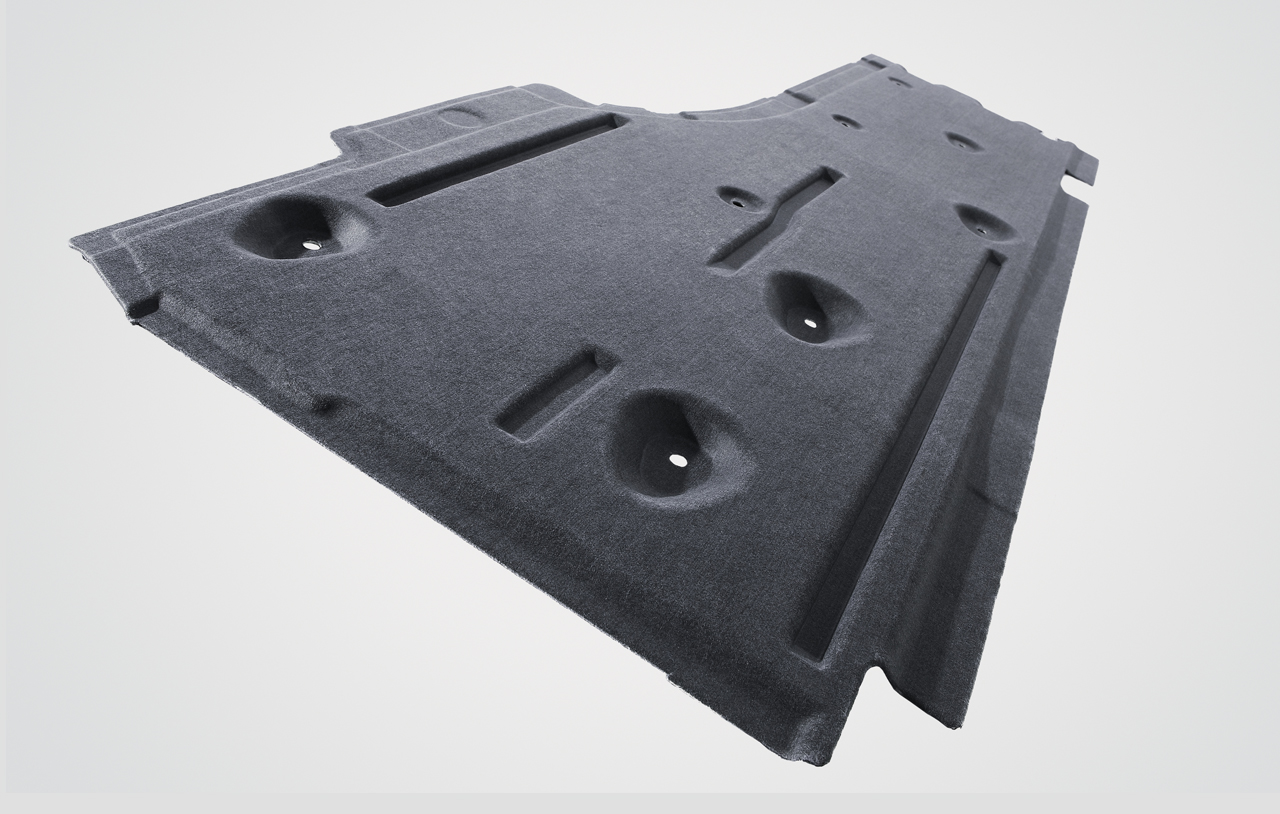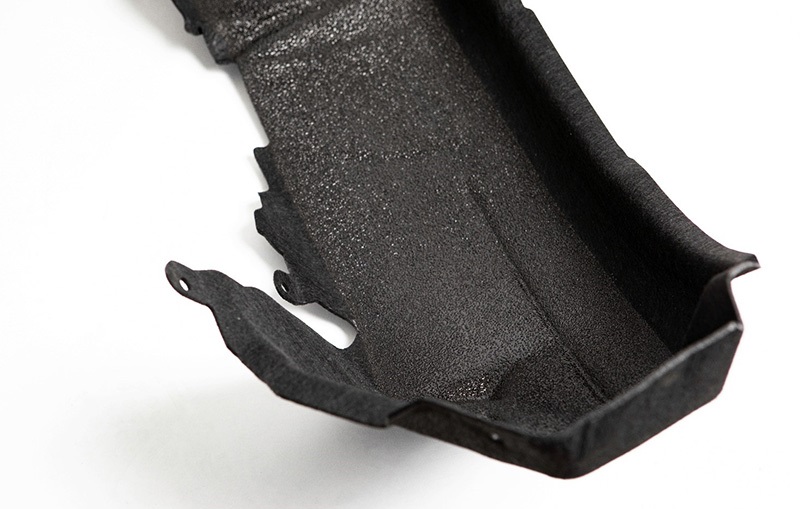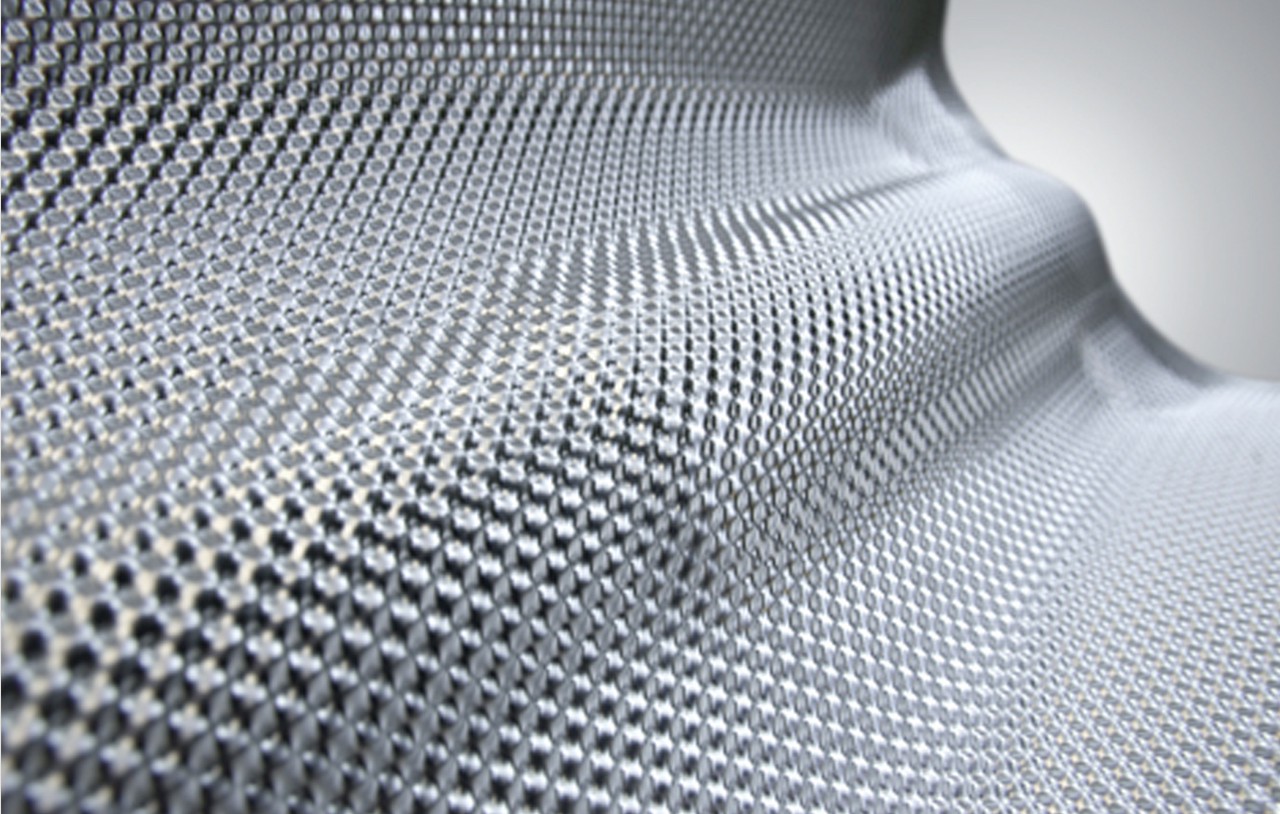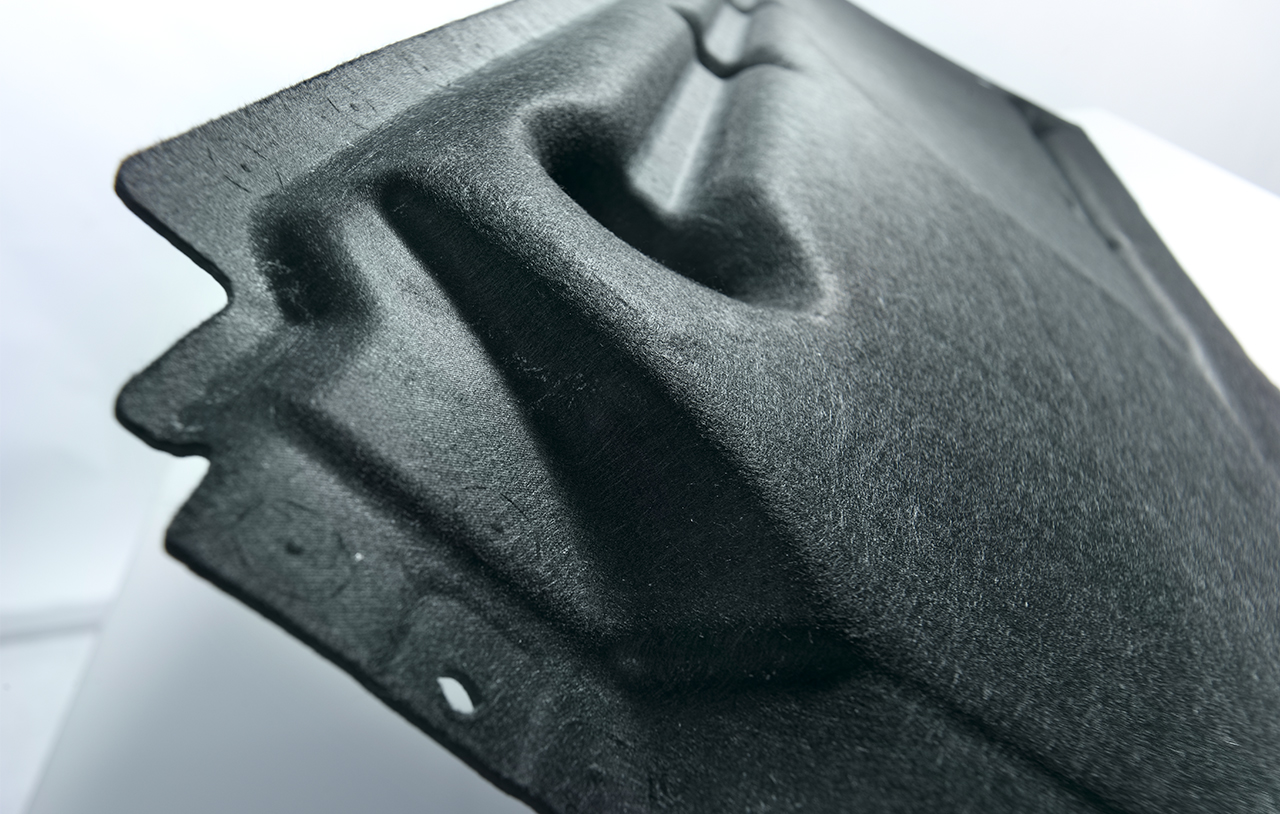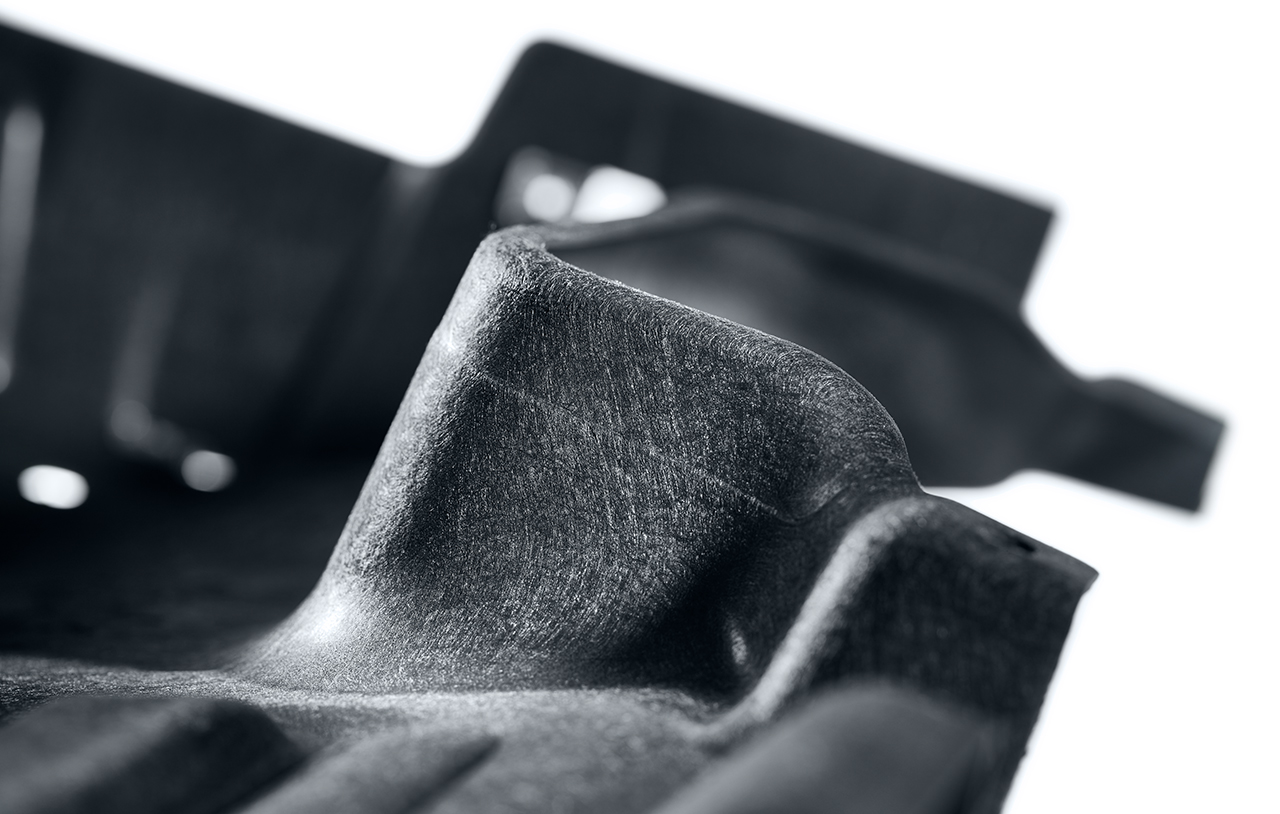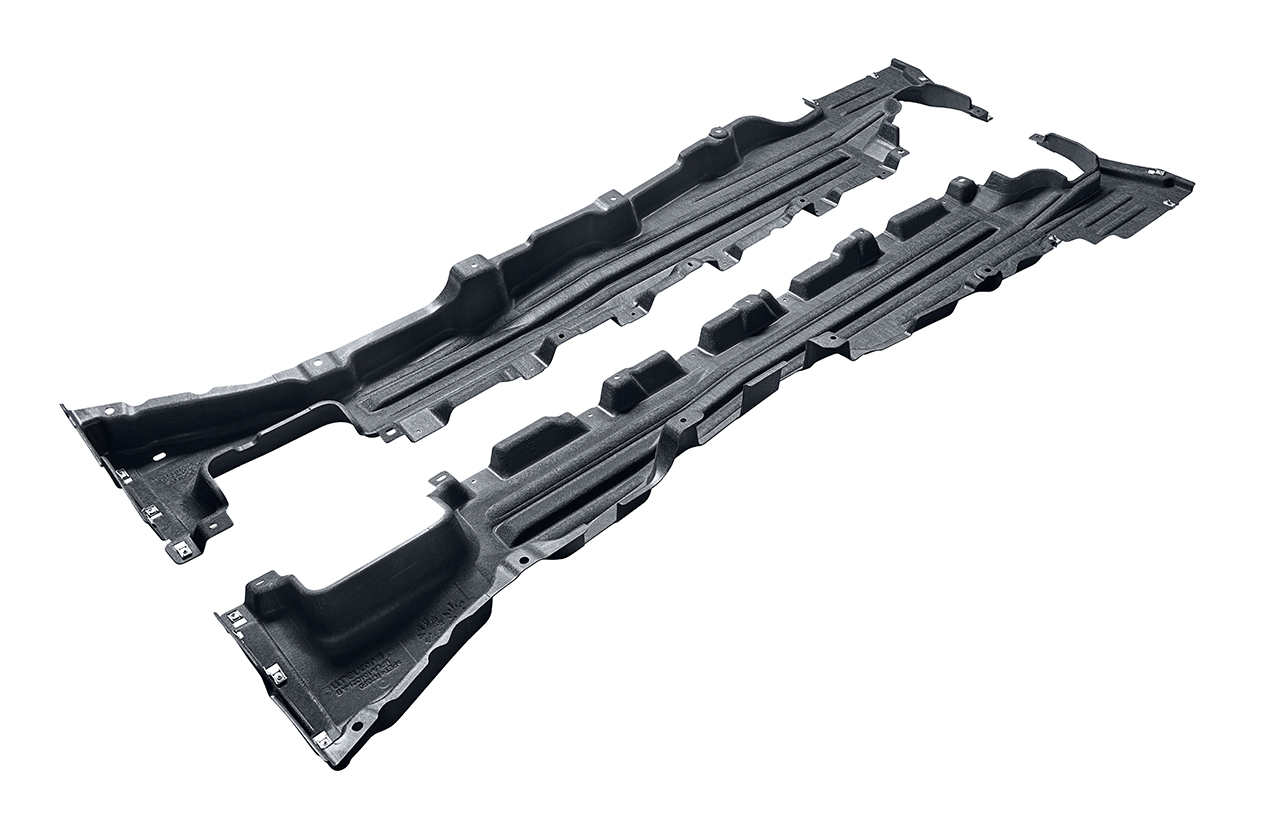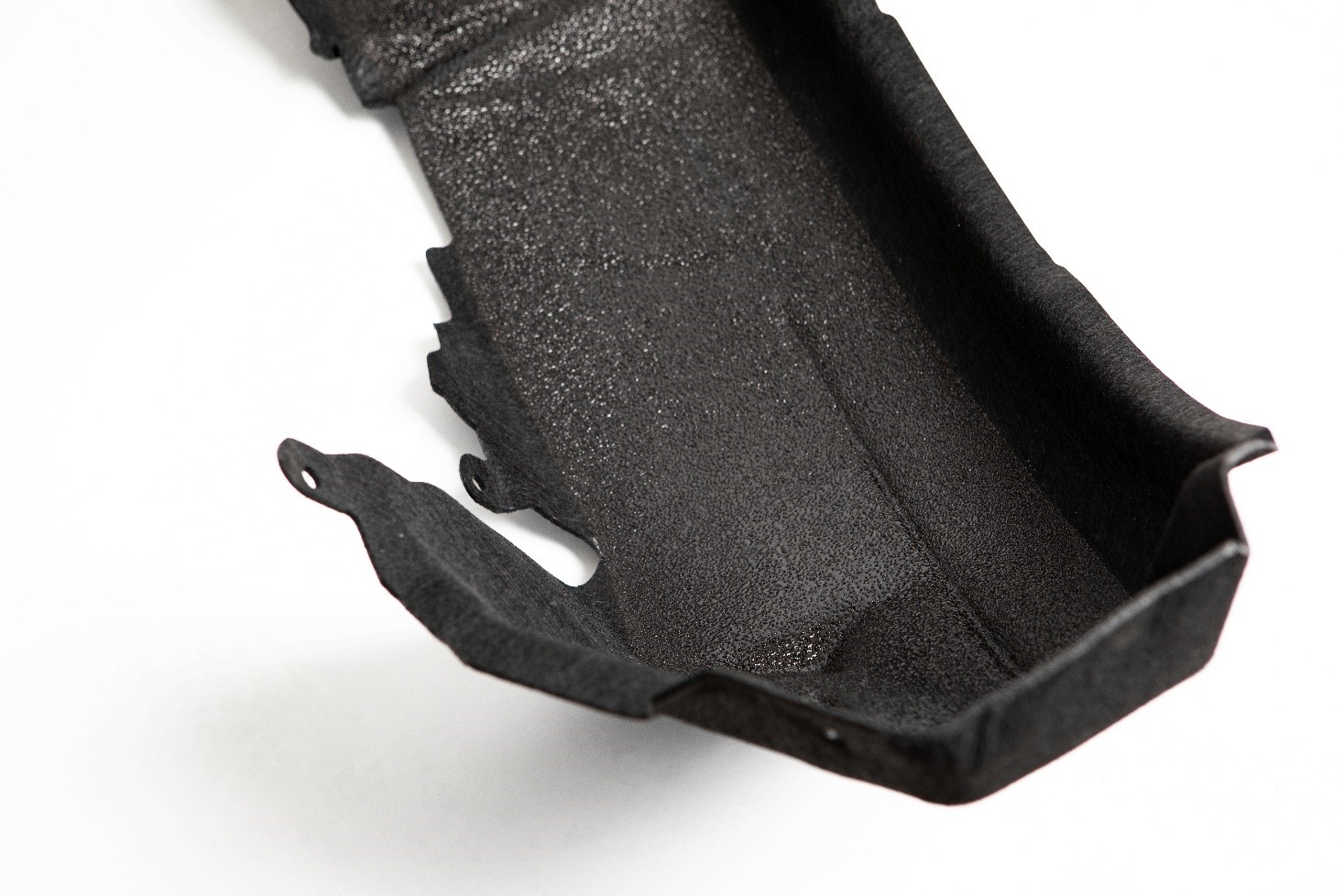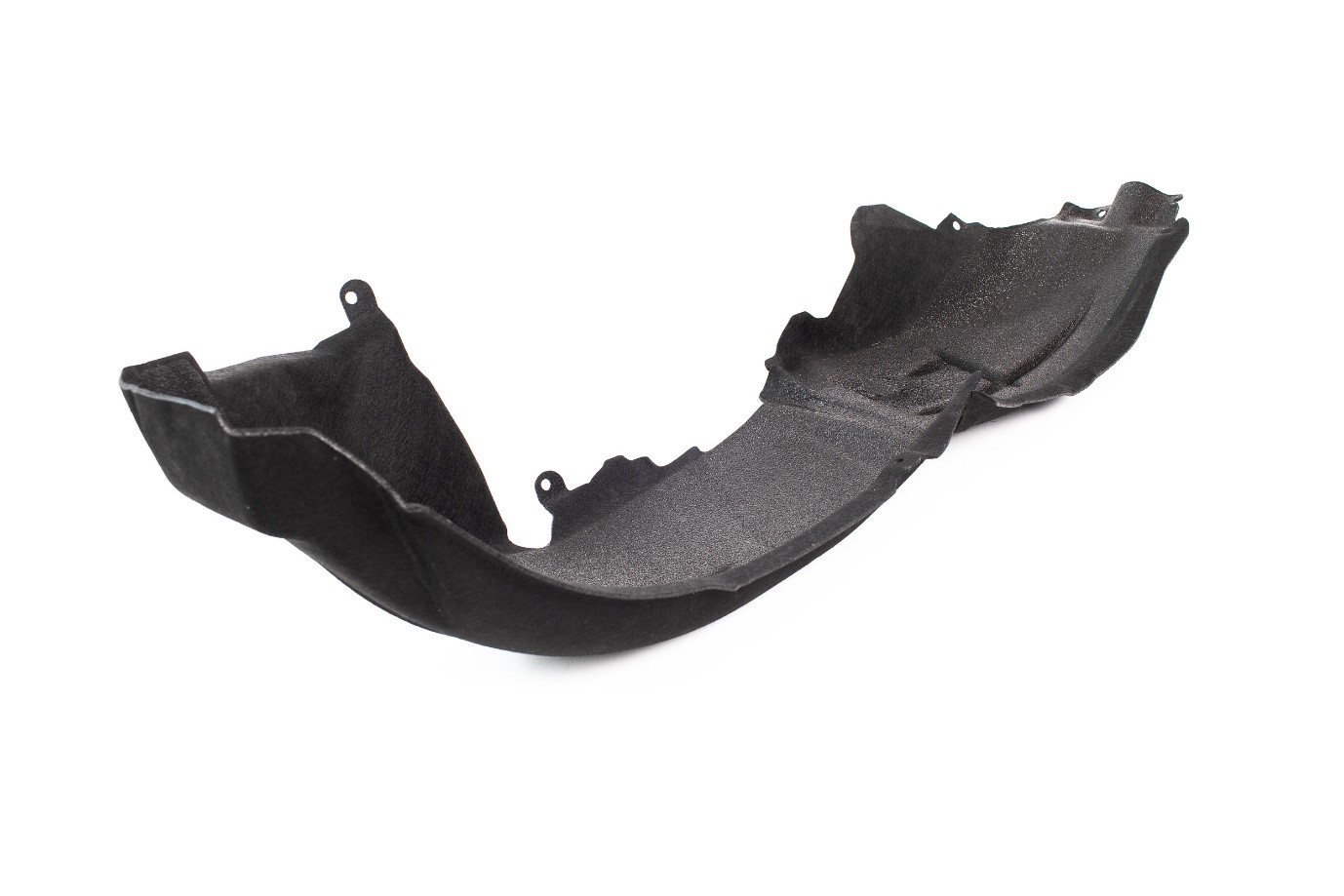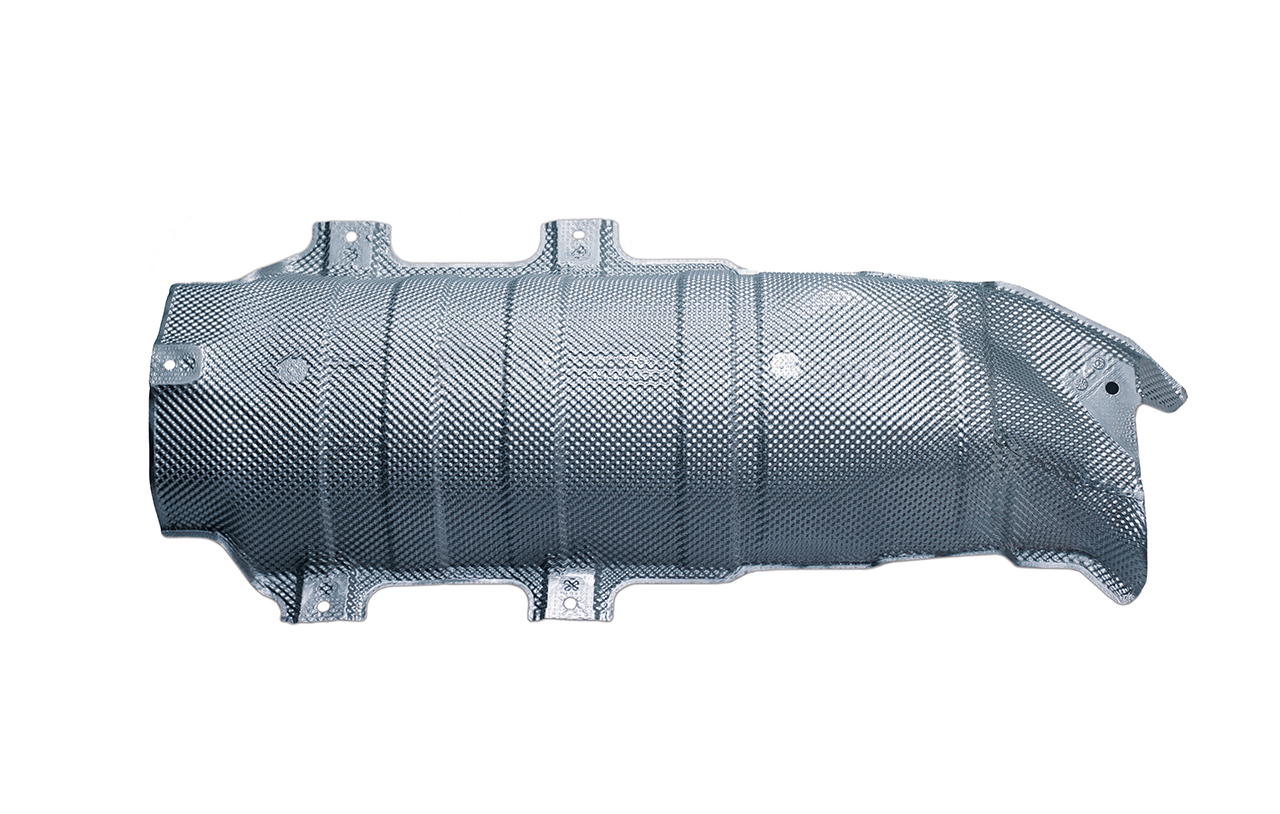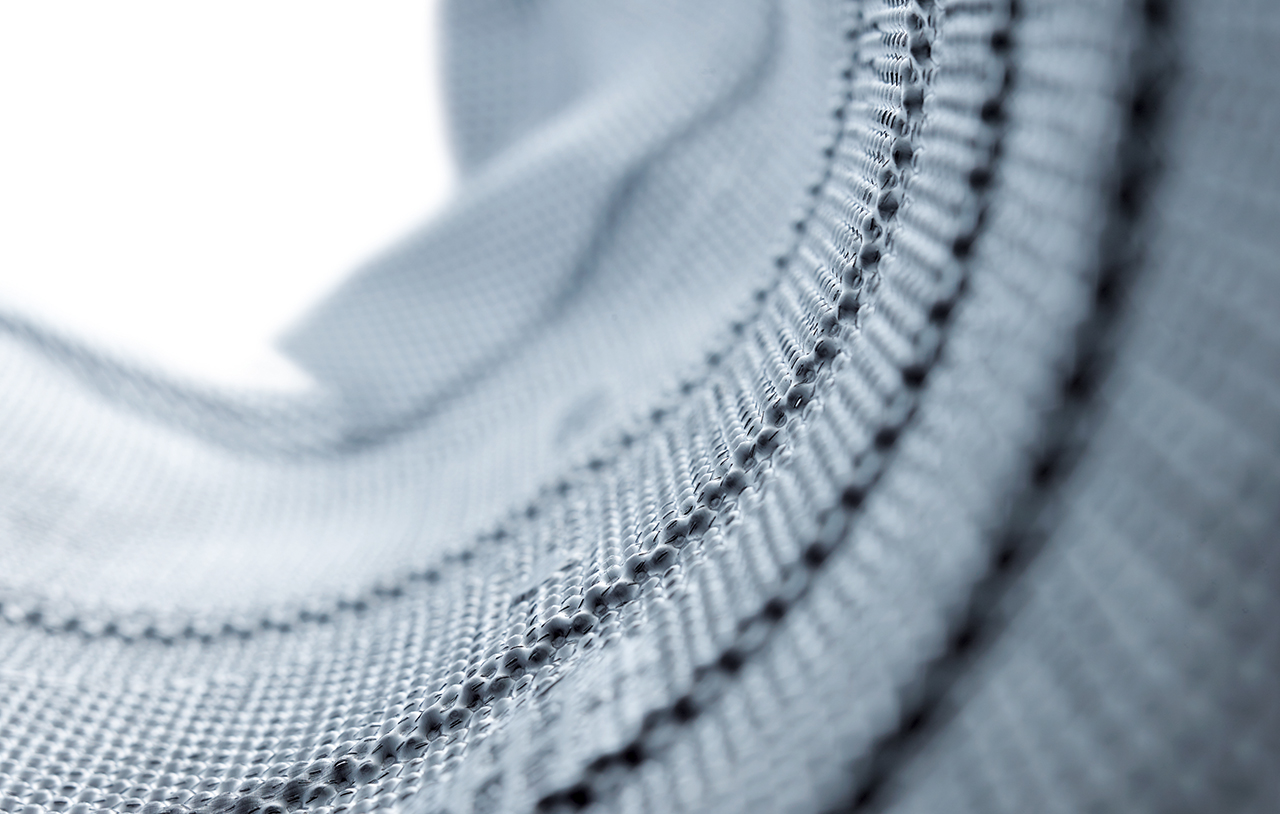Underbody
Underbody Systems and Heatshields
An underbody system enhances the aerodynamics of a vehicle affecting drag and lift. This leads to lower fuel consumption and reduced vehicle emissions. The textile-based and correspondingly lightweight underbody shields of Autoneum also absorb noise and therefore simultaneously reduce the interior and exterior noise (pass-by noise) of cars.
Heatshields are used in vehicles primarily to shield the radiant heat that arises from the engine bay and the exhaust system. For that, the underbody of the engine, the front wall between the engine bay and passenger compartment and the exhaust system are equipped with aluminium heatshields. Autoneum’s heatshields comprise a special perforation: This micro-perforation facilitates noise absorption and hence a further reduction in the interior and exterior noise of vehicles.
Autoneum Offers Among Others the Following Products for Underbody Application:
Ultra-Silent
Light, Durable and Acoustic
With underbody systems made of Ultra-Silent, Autoneum offers the most lightweight textile underfloor systems for vehicles: They are up to 50 percent lighter compared with equivalent components made of plastic.
Underbody systems made of Ultra-Silent also convince with a high degree of impact resistance and optimum stone chip protection. The PET-based, glass-free mono-material is resistant against water and heat and fully recyclable. At the same time, Ultra-Silent absorbs sound and in doing so reduces the vehicle noise by up to two decibels.
In addition, underfloor systems made of Ultra-Silent enhance the aerodynamics of vehicles by reducing their air resistance. This contributes to lower fuel consumption and thereby reduces CO2 emissions.
Alpha-Liner
Optimum tire noise reduction
Alpha-Liner is a multifunctional wheelhouse outer liner that reduces tire noise with high efficiency and thus makes the vehicle quieter and lighter. Alpha-Liner is based on Autoneum’s newly developed technology, with which noise absorption can be adapted to the specific requirements of the vehicle model for the first time. To achieve this effect, a thin coated surface is applied on the tire side. The porosity of the coating can then be controlled according to the necessary absorption properties, the bottom part of the wheelhouse outer liner requires stronger noise treatment, which maximizes acoustic absorption.
Wheelhouse outer liners made of Alpha-Liner offer additional advantages as well. They are easy to clean and robust thanks to the plasticized surface, making them more resistant to stone chipping and ice accumulation in the wheelhouse. Compared to corresponding components made of plastic, Alpha-Liner convinces with a lower weight, ensuring a greater driving range especially for electric vehicles.
In addition, the components are produced in a sustainable manner. Production scrap of the wheelhouse outer liners, which are primarily made of recycled PET fibers, can be fully recovered and recycled.
RIMIC
Heat Protection and Noise Absorption
Heatshields are used in vehicles primarily to provide protection against the heat that arises in the engine bay and the exhaust system. In order to shelter this radiant warmth, these shields are heat-resistant up to 500°C.
Heatshields based on Autoneum’s lightweight, fully recyclable RIMIC technology not only protect against heat. At the same time, they also lower noise emissions of vehicles. This noise reduction is achieved by means of a special perforation developed by Autoneum. It converts the airborne sound into thermal energy and absorbs it. Using in-house production processes, these perforations are applied specifically only at predefined areas to ensure optimal heat protection and durability.
The acoustic performance of heatshields is controlled by the number of openings per shield. RIMIC can be used as a single layer or in combination with the Theta-Cell acoustic absorption technology in order to facilitate the absorption of high-frequency sounds of between two and six kilohertz.


